The changes to the Turkish Tariff Schedule Divided into Statistical Positions, which will enter into force with the Presidential decrees, were published in the repeated issue of the Official Gazette. The import regime and additional customs taxes were shaped by Türkiye's decisions within the framework of international agreements and trade regulations.
Decisions were designed to support domestic production, taking into account the obligations of the World Trade Organization, the Customs Union Decision with the European Union and free trade agreements. The "Decision Amending the Decision on the Implementation of Additional Customs Duty on Imports" was published in the Official Gazette.
According to the decision, important changes were made in various steel products:
- Customs tax on hot rolled and drawn alloy bars was raised from 10% to 35%. An additional customs duty of 25% was added on forged alloy bars only
- An Additional Customs Duty of 20% was implemented on alloy galvanized coils (width >= 600 mm). The Additional Customs Tax on a specific product group was increased from 6% to 15%.
- The Additional Customs Tax on hot rolled coils (C >= 0.6%, width >= 600 mm and C < 0.6%, width >= 600 mm) was increased from 11% to 15%.
- An Additional Customs Tax of 17% was imposed on cold rolled coils (C >= 0.6%, width >= 600 mm and C < 0.6%, width >= 600 mm).
- Customs Tax or Additional Customs Tax was increased from 8% to 12% on stainless cold rolled sheets.
- An Additional Customs Tax of 20% was imposed on all coated coil products on which no customs taxes are imposed, such as PPGI, galvanized coil and tinplate.
- An additional customs tax of 17% was assessed on uncoated cold-rolled coil products on which no customs taxes are implemented.
- An Additional Customs Tax of 20% was placed on imports of other coated coil products.
These tariff increases will be applied to a total of 4,222 different industrial products, especially iron and steel products. These changes to Türkiye's import policies have been aimed at promoting domestic production and maintaining economic balance.


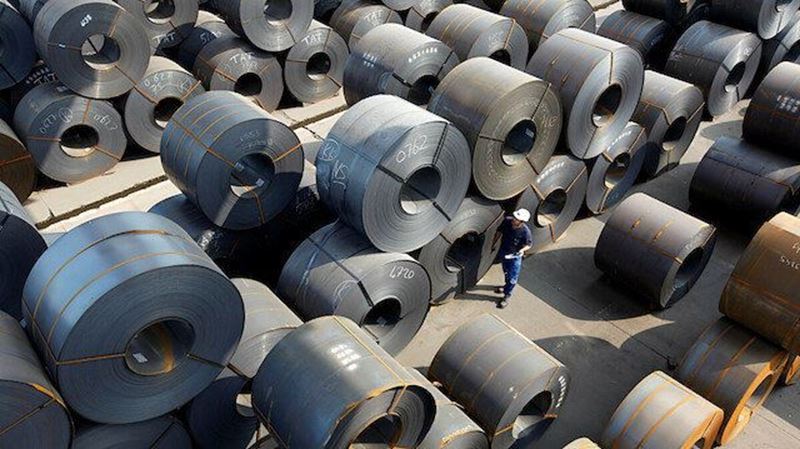

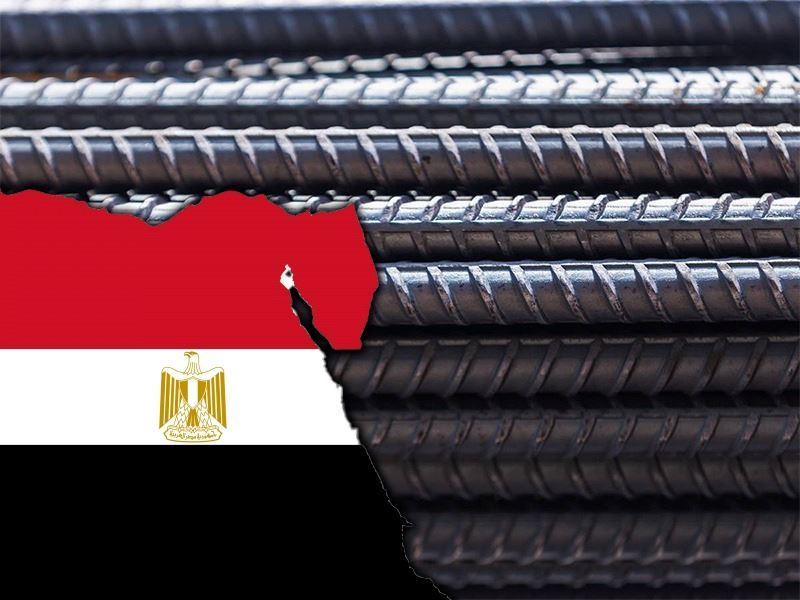
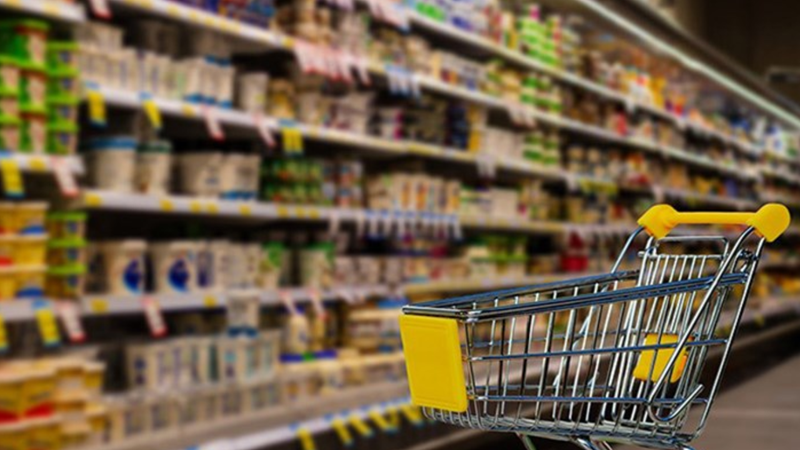
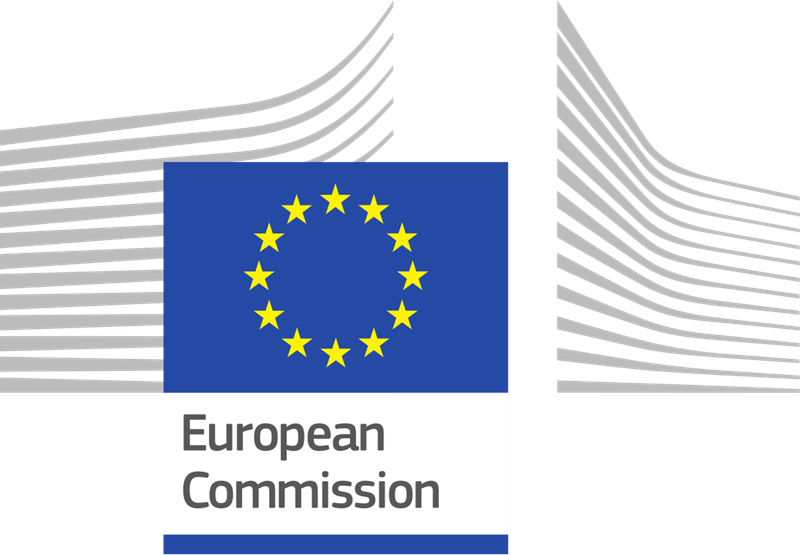
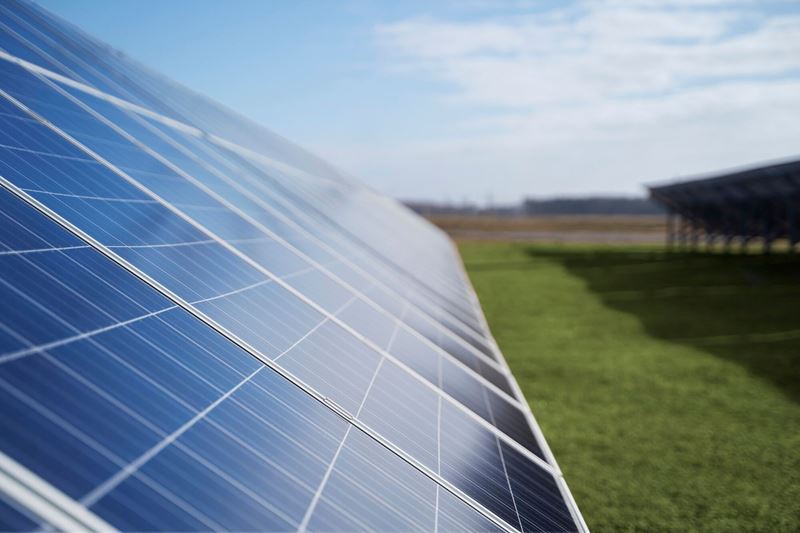
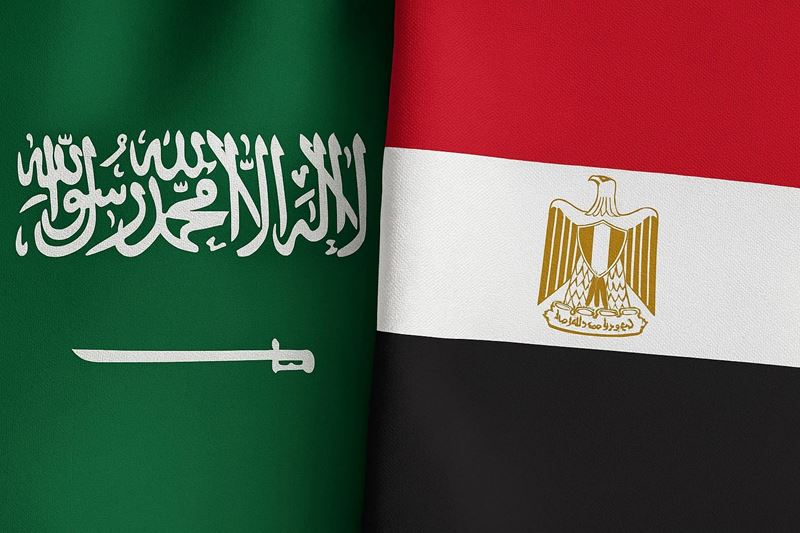


Comments
No comment yet.